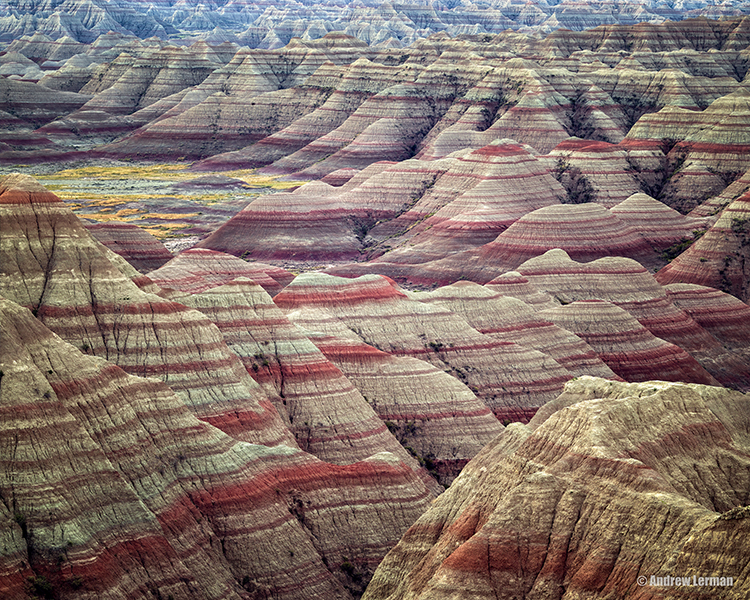
Who is Andrew Lerman?
I have been married for the past 39 years to my lovely wife, Judi. For all of that time our home has been in Westchester County, NY. We have two adult sons, one daughter-in-law and one perfect grandchild. When not photographing, I am hiking locally, trying to play golf and rolling on the ground with my grandson.
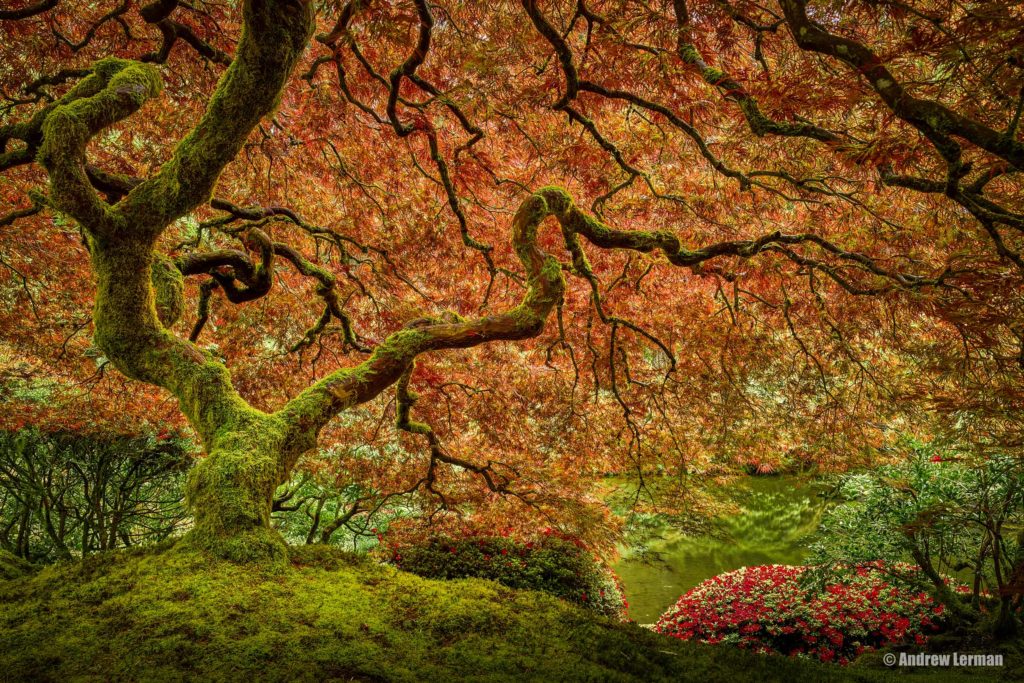
What inspires you? How did you become a photographer?
I began my photographic journey as a teenager. Not any one subject pulled at me. Back then, I liked to photograph anything and everything. Nature, wildlife, landscapes, sports, things, etc. Like anyone else, I couldn’t wait for the next edition of NatGeo. Now, the great majority of my work is landscapes. Over the years, and through the course of my travels, I have been very lucky to have met many incredibly talented and creative photographers. Each one has had their own special way of delivering how they see our world. I have commented to others in the past that rather than duplicate what someone else has done, I have worked to understand the “why” behind what they do. Being able to distill those “whys” has helped me develop into being a better photographer and story teller. Being able to create images that are beautiful, intimate, dynamic and emotional comes from those gifted individuals past, present and future. It’s not just about taking a picture of a place it’s about being able to tell the story of the place without using words.
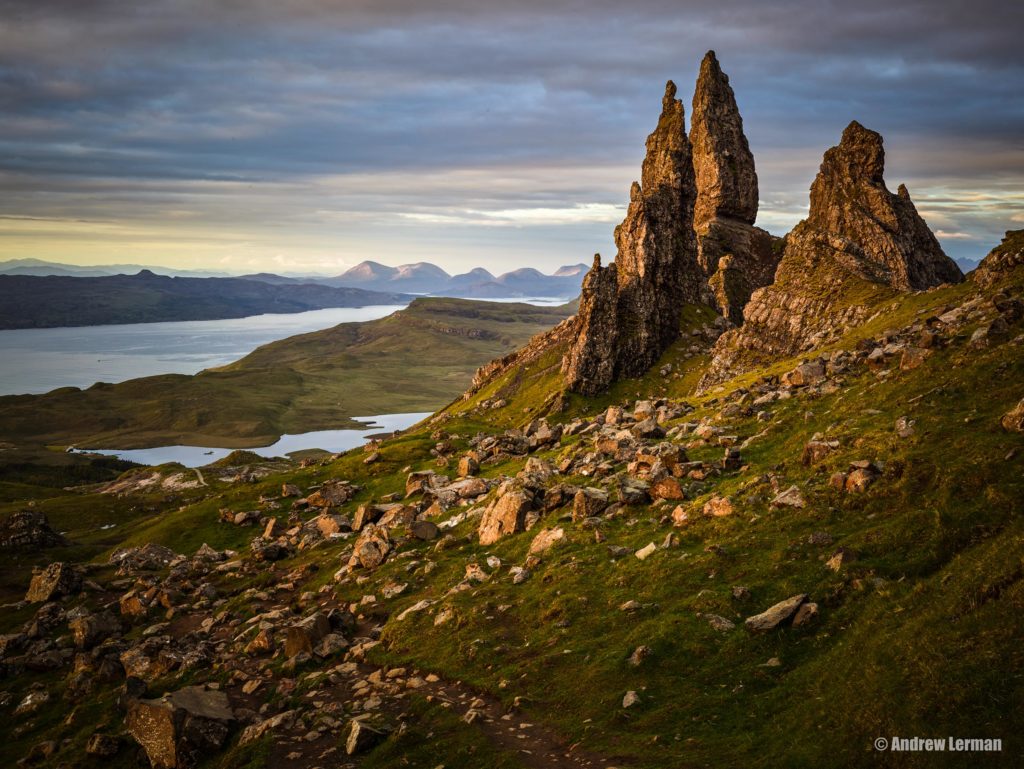
Why Cambo Cameras/Products?
Prior to 2014, I was shooting 35mm full frame and 6×7 film. At gallery exhibits and other shows, much of what I had for display and for sale were large format prints. I felt that the size of the film/sensor on the 35mm camera limited what I could create and still maintain a high level of quality in the image. My 6×7 film camera, which I loved, satisfied my print size requirements but it was an extremely heavy and difficult system to trek out into the field. It also lacked wide angle and tilt shift lenses.
When I was introduced, in 2014, to the Cambo technical camera and related lenses, I felt that the combined system met and completely satisfied my needs as a landscape photographer. It’s overall light weight, precision movements, including rise/fall and shift, and tilt/swing and wide-angle lenses, would allow me to create the quality and scale of images I wanted with much less effort in the field. Since I try to keep post processing to a minimum this was a significant plus.
In moving to a technical camera, I’ve gone a bit backwards in time. Less automation, a much more deliberative process and a greater sense of patience to fully appreciate that which is front of you. That’s a very good thing!

What is your favorite Cambo camera system/lens combo?
A good deal of my landscape work involves getting low and close to a strong foreground object which then allows pulling the foreground and background together. For this, I most enjoy using the combination of the WRS-1200 and Rodenstock 32HR with the tilt/shift panel. With this combination, I can do most anything I want.
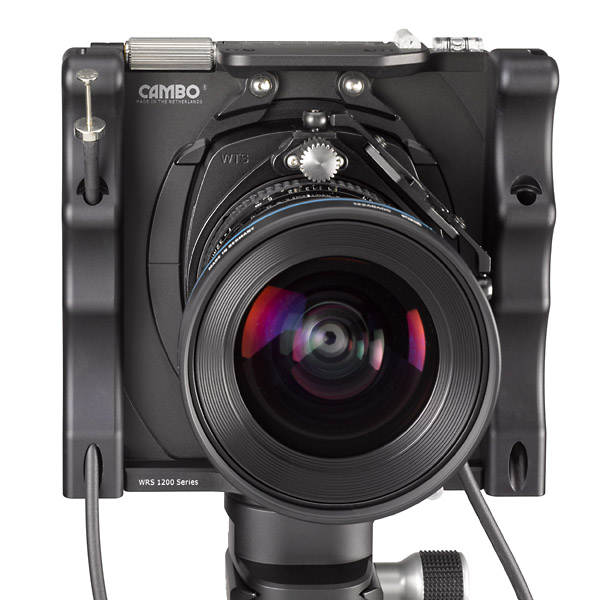

Tell us about your creative process. What do you look for when creating an image?
Those who have been with me know that I take a very slow and deliberate approach to photographing a scene. I have long said it is not about how many images of a place or animal or thing that I take. Rather, it is about the one image that I see that I want to take. I do a lot of scouting prior to shooting a location. When I first visit a location, I generally leave my equipment in my vehicle. I will become familiar with the terrain, notice the positioning of the sun, tides, etc., and begin to walk in large and small circles exploring the area. I will then reverse back in the opposite direction to make sure that I have seen things that were behind me. I’ve also been known to do this while on my knees since that is generally the height at which I shoot most things. Several years ago, I had made small fiberglass cutouts based on image sizes, 3×4, 4×5 and various pano orientations. I use these cutouts to help visualize a photograph I may want to take. These days, I use an app on my phone to do the same thing, although I still carry the cutouts in case my phone’s battery dies.

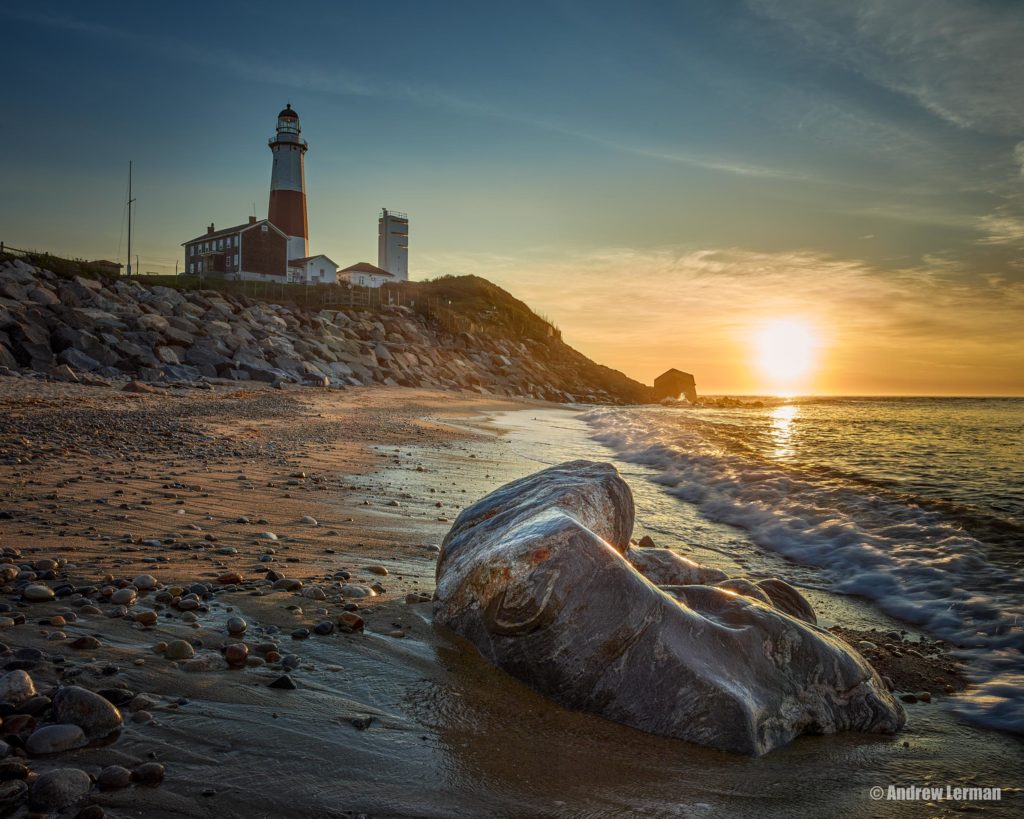
Dimension and depth is a big part of how I shoot. A good friend and mentor of mine would always remind me that when you think you are low enough, get lower, and when you think you are close enough, get closer. After many whacks on my head and rear-end I finally got it. As I mentioned earlier, I am generally pretty low to the ground for most of the landscape pictures I make, which helps in creating a third dimension in the image. Most locations have a “main” subject. Using an Academy Award reference, my preference is to make that main subject a supporting actor rather than the lead actor. So, for example, instead of shooting a picture of just a waterfall, I will get into the middle of the boulders below the waterfall and use them as a strong foreground which then leads your eye to the waterfall. To me, the foreground subject becomes the important lead to the main subject.
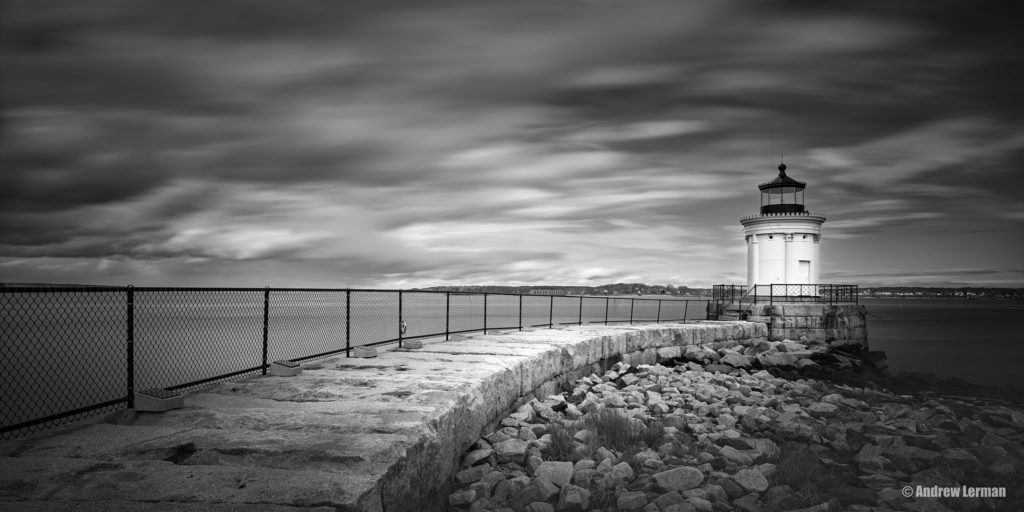
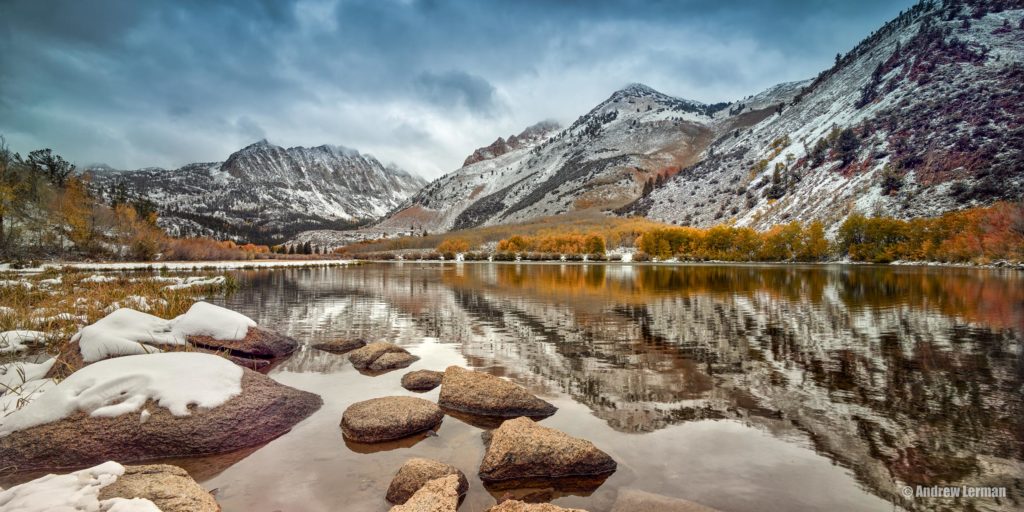
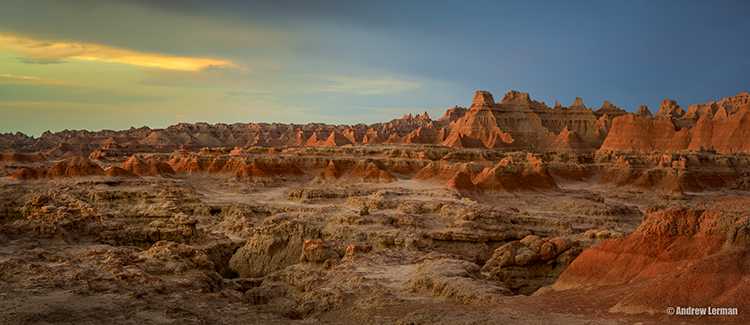

Where can we find more of your work?
My website is www.LermanPhoto.com. I am also a contributor to Facebook, https://www.facebook.com/lermanphoto/ , Instagram, https://www.instagram.com/lermanphoto/ , and Google+, https://plus.google.com/+AndrewLerman
To purchase a Cambo WRS system of your own, visit cambousa.com/dealers to find the Cambo dealer nearest you.







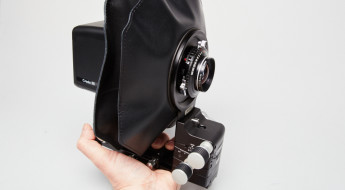
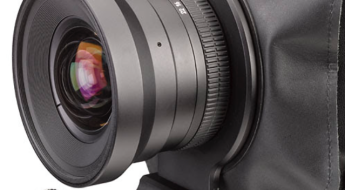
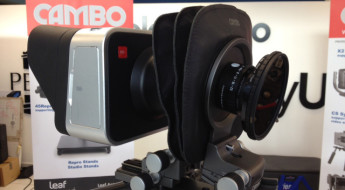
Leave a Comment